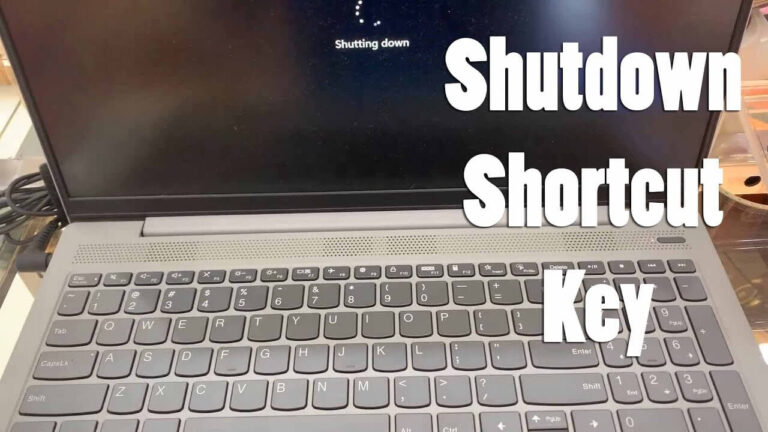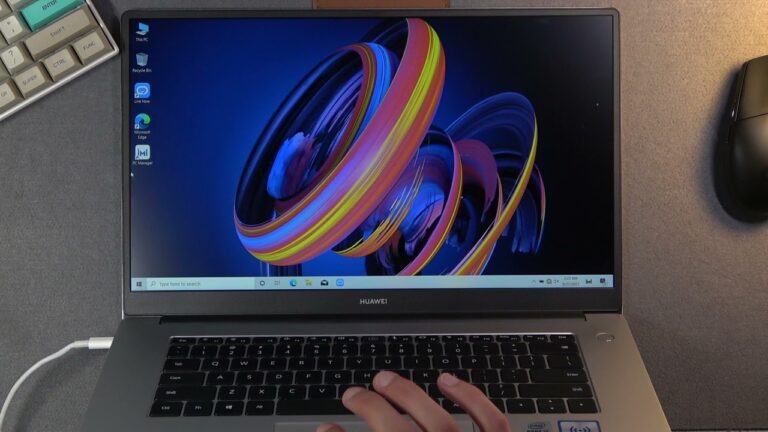What Does VSC Feature Mean in a Car?
VSC, or Vehicle Stability Control, is an advanced technology designed to improve a car’s handling and stability on the road. It has become a standard feature in all cars on the market since 2008, but what does it do? This article will explain VSC and how it keeps you safe when driving.
Vehicle Stability Control (VSC) is an electronic system that monitors a car’s internal sensors to sense when the vehicle is losing traction or control of its direction. When this happens, VSC can selectively apply braking power to certain wheels while reducing engine power until control is regained. This process helps drivers maintain their direction on slippery roads and prevents skidding or sliding out of control. Here we will discuss What Does VSC mean in a Car and what does it.
What Does VSC Do?
Vehicle Stability Control (VSC) is a system that improves a vehicle’s stability when it is in motion. This system can help reduce the chance of an accident caused by skidding, slides, or rollovers. VSC works by improving overall control and stability in difficult driving conditions such as icy roads, heavy rain, sharp turns, and quick maneuvers.
VSC employs multiple sensors which detect a vehicle’s lateral acceleration, turning rate, and yaw rate. These sensors constantly monitor the vehicle’s movements and compare them to the driver’s intended direction of travel. If VSC detects that the car is not responding correctly to steering input or if it senses any skid or slide, it will automatically apply corrective measures such as applying brakes on individual wheels or reducing engine power in order to regain control and keep the car stable.
Why is it Important?
When it comes to car maintenance, having a good understanding of what your vehicle needs is essential. Knowing the basics, like engine oil and tire pressure, are important, but there’s one term many people don’t understand: VSC. In this article, we’ll explain what VSC means in a car and why it’s important to be aware of.
VSC stands for Vehicle Stability Control, an advanced system found in cars and other motor vehicles. It uses sensors to detect when the vehicle begins to lose traction or stability due to sudden turns or braking too hard. The system then applies brakes at different points on the car to help bring it back under control while also providing extra stability during cornering maneuvers. By doing this, VSC helps keep drivers safe by preventing them from losing control of their vehicles in dangerous situations.
How to Check VSC Status?
Regarding vehicle diagnostics, one of the most important questions is ‘What does VSC mean in a car?’ VSC stands for Vehicle Stability Control and is an active safety system designed to keep your vehicle stable and under control when driving. It’s important to know how to check your car’s Vehicle Stability Control status, as this will help you monitor your car’s performance and identify any problems that need addressing.
To check your VSC status, first, connect a diagnostic scanner tool with OBD-II plug into the Data Link Connector (DLC) port located under the dashboard. The scanner will provide detailed instructions on accessing information about your Vehicle Stability Control system. Once connected, you can select ‘Diagnostic Trouble Codes’ from the menu of options available and view any fault codes associated with the VSC system.
Symptoms of VSC Malfunction
The Vehicle Stability Control system, or VSC, is an important part of any modern car. It helps to ensure the safety of drivers and passengers by improving the handling of a vehicle in dangerous driving conditions. Knowing the signs of VSC malfunction can help you detect a problem early and prevent any costly repairs.
If your car’s brakes are not responding properly or if you experience a sudden loss of control when cornering or during emergency maneuvers, then these could be signs that your VSC system is faulty. Additionally, you may hear a warning sound from your dashboard display if your vehicle’s sensors detect malfunctions in the system. If this happens, you should pull over immediately and have it checked out by a qualified mechanic as soon as possible to prevent further damage to your car.
More Tech News, Visit: Tech PC Guide
Repairing a Malfunctioning VSC System
Repairing a Malfunctioning VSC System is a daunting task for many car owners. Vehicle Stability Control (VSC) systems are the latest advancement in automotive safety, and they’re designed to help prevent skidding, spins, and other potentially dangerous situations while driving. However, it can be difficult to diagnose the issue when a VSC system malfunctions without professional assistance.
A malfunctioning VSC system should be brought to a qualified mechanic as soon as possible. The mechanic will use special diagnostic tools to identify and troubleshoot any problems with the system. Once the issue has been identified, he or she will provide an estimate for repairing the malfunctioning VSC system. In some cases, such as if the problem is related to worn brakes or tires, it may not require additional repairs beyond replacing them.
Conclusion
The conclusion of this article is clear: learning what VSC means in a car can help drivers make more informed decisions about their vehicles. While Vehicle Stability Control (VSC) is an important tool for maintaining control of your vehicle, it’s not the only factor to consider when shopping for a new car. Other aspects, such as safety ratings, fuel economy, and performance, should also be considered. Ultimately, understanding VSC’s role in a vehicle can help you make an educated decision when purchasing or leasing a car.
By becoming familiar with the technology behind Vehicle Stability Control (VSC), drivers can have peace of mind knowing they are driving safely and efficiently in all types of weather conditions. Additionally, knowing the various components of VSC makes it easier to diagnose issues with your vehicle and take swift action to resolve them.







